Potatoes: How To Store After Harvesting
Today I’m talking about potatoes: how to store after harvesting. It’s a rewarding feeling to be able to enjoy the potatoes for months on end that you’ve personally grown in your garden.
If you’re nearing the end of your first potato growing season, there are a number of things that you ought to be aware of even before your potatoes are ready for storing.
It’s nothing too difficult, just a few steps to ensure the life and longevity of your stored potatoes. Here’s more about cultivating just prior to harvesting and how to properly store your potato crop. In case you missed my post on Potatoes: How To Plant, Grow, & Harvest Potatoes or my post on Potatoes: Everything You Need to Know.
Be sure and store a potato peeler or two: Potato Peeler
Potatoes: How To Store After Harvesting
Prior to Harvesting
Before we jump to the storing process of the potato, it’s very important to take a look at how to properly cultivate your potatoes, especially prior to harvesting them.
It may surprise you, but proper cultivation goes a long way in increasing the life of your stored potatoes during the winter.
A couple of weeks before you harvest your potatoes it’s recommended that you severely cut back on how much water you are giving the plant. This allows the skin of the potatoes to toughen and the vines of the plant to wither and die away.
It’s best to harvest your potatoes after the plant has completely died back so that you can be sure that the spuds are fully mature.
Drying the Potato
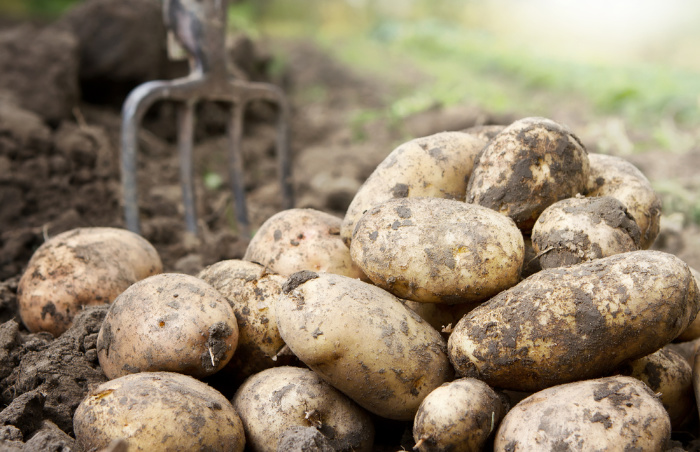
Immediately after you’ve harvested your potato crop, go ahead and allow them to sit in your garden for about an hour to dry. This will allow any soil to fall away from the tubers.
For any of the dirt remaining after that, go ahead and use a brush to clean off your potatoes.
Make sure that you don’t use water to wash them because that will significantly shorten the life of a recently harvested potato.
If you walk away and forget about your potatoes as soon as you realize that, be sure to put them in a dark, dry place that has a bit of humidity.
You will quickly notice that newly harvested potatoes don’t have the tough skin that you would find at the grocery store, so it’s important that you take extra care not to bruise them.
Potatoes that bruise are more likely to rot and won’t store for a long period of time.
Curing the Potato
The bulk of your potatoes that you are planning on storing for a long period of time are called your maincrop. But just because you have them above the ground now doesn’t mean that you can store them just the way they are and expect your crop to last. First you have to “cure” the potato.
Just like the name implies, your potatoes will heal of any small bruises, cuts, and nicks during this process.
The curing process is where the skin of the potato is allowed to toughen and it usually takes one to two weeks. You do this by placing them in a paper bag or cardboard box and sitting them in a location that has a moderate heat and high humidity (at a minimum of 65 degrees F) for at least 10 days.
After the process is over, if you still notice a few potatoes that have soft spots, green ends, or cuts on them, go ahead and use them right away instead of storing them.
Storing Your Potatoes
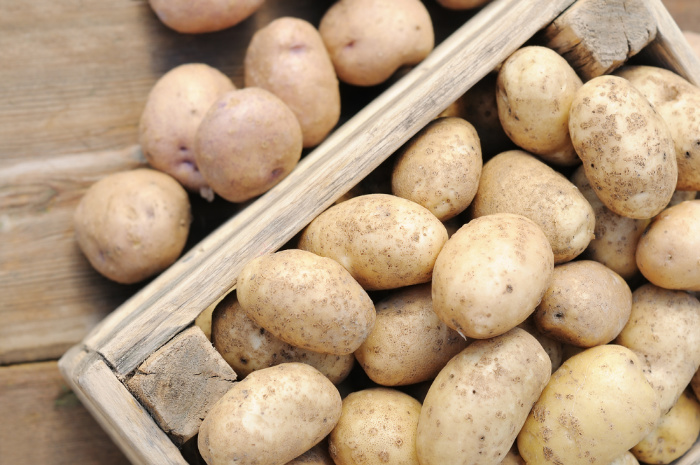
Now that your potatoes have been properly cured, they are ready to be stored away. You will need to figure out a place for them that is dark, dry, and cool. Properly stored potatoes should experience a consistent temperature of right around 35 to 40 degrees.
Unheated basements, root cellars, or garages are options for storing them if they meet the temperature and humidity requirements. Be sure that you don’t store potatoes alongside other fruits or vegetables, which all give off gases that may cause your potatoes to sprout.
Potatoes can even be stored in your refrigerator, ( some will argue against this) but chances are your potato supply will take up too much space in the fridge. It’s important that you don’t store them in a place where there is a chance of freezing.
Freezing temperatures can cause the potatoes to crack open and spoil. Tubers can last in proper conditions for around six to eight months. When potatoes are stored in temperatures above 40 degrees expect your potatoes to last for about three to four months.
Monitor Your Stored Potatoes
Every few weeks or so, take a peek at your potatoes and make sure that none of them are rotting or spoiling. If they are, separate them from the others so that they don’t cause any damage to the remainder of your stored crop.
You may even notice sprouts beginning to form. Simply brush them off with your hands if you need to.
Common Problems During Storing
When potatoes are exposed to light for a period of time, their skins begin to turn green. This greening is caused by a toxic alkaloid referred to as solanine.
This makes for one bitter potato, and it’s not a good idea to eat the green parts because it may cause illness. If you still plan to cook with one with some green sections, be sure to cut and peel away any of the green before you do so.
Another problem to keep in mind is that the leaves on the potato plant are poisonous to both humans and animals. So if you have any pets roaming around your yard, it’s a good idea to have a fence or netting around your garden.
When potatoes are stored for a period of time, after a while you may notice that they have more of a sweet taste to them. During the storing period their starch begins to convert into sugar, which is called the “breathing process.”
To avoid this sweet taste, remove the potatoes several days prior (from your cooler storage area-to your warmer kitchen area) before cooking them. This allows those sugars to revert back into a starch, in the process called “reconditioning.”
Final Word
So there you have it, potatoes and how to properly store them after harvesting. Nothing tastes quite as good as produce that you’ve grown from your own garden and can be enjoyed all winter long.
Potatoes make for a warm hearty meal that have several nutrients to help you survive the long winter season. What are some of your favorite ways of cooking with potatoes?
What do you think about potatoes: how to store after harvesting? Please keep prepping, we must grow our own food. May God bless this world, Linda
Copyright Images: Potatoes in the Field Deposit photos_12528487_s-2019, Potatoes in a box Deposit photos_7704839_s-2019, Potatoes in flat box Depositphotos_8827245_s-2019

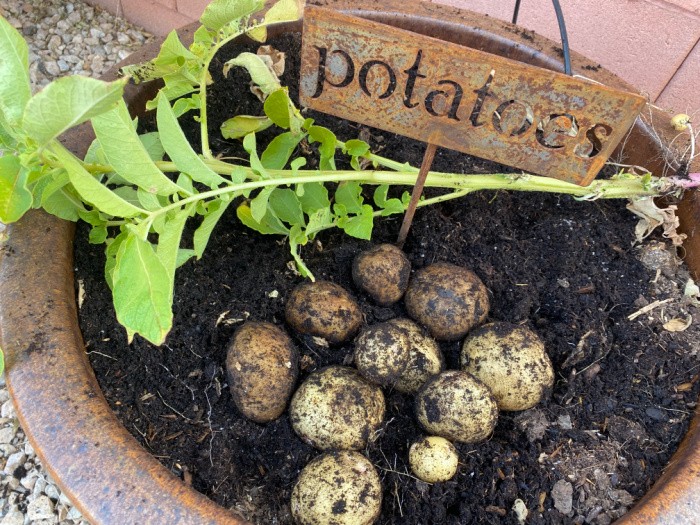

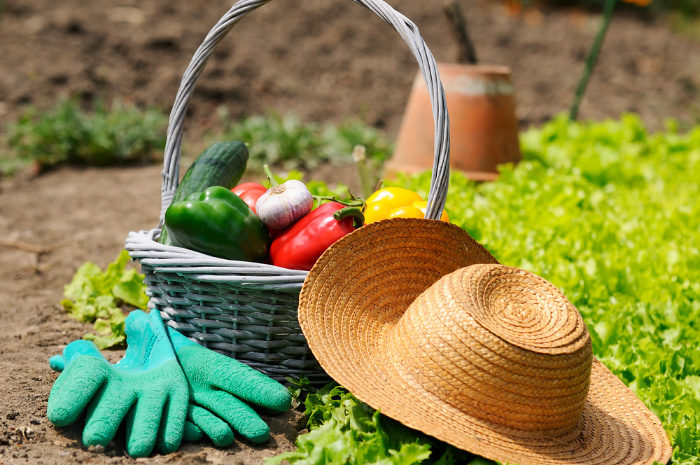
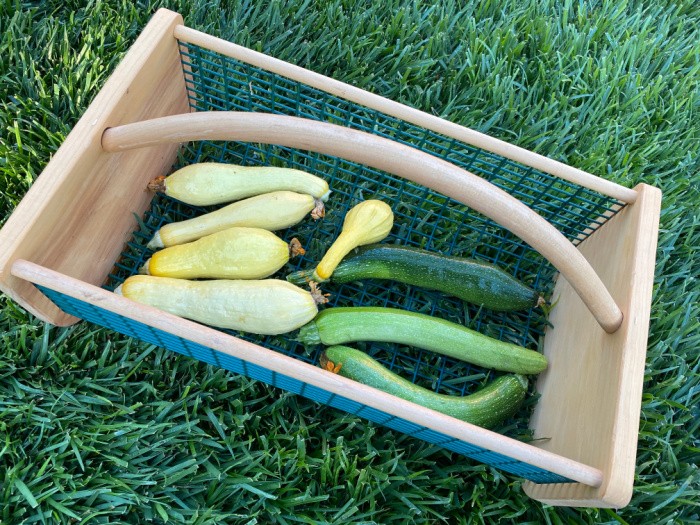
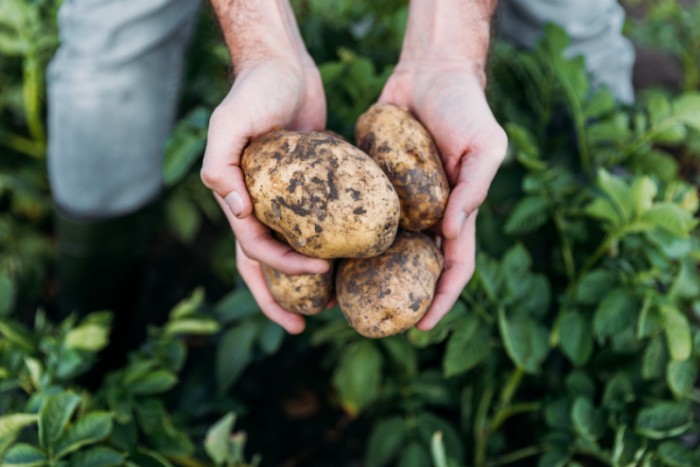
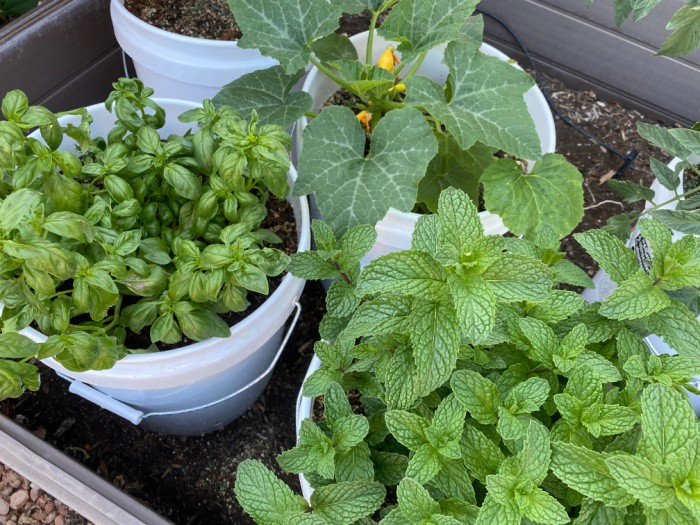
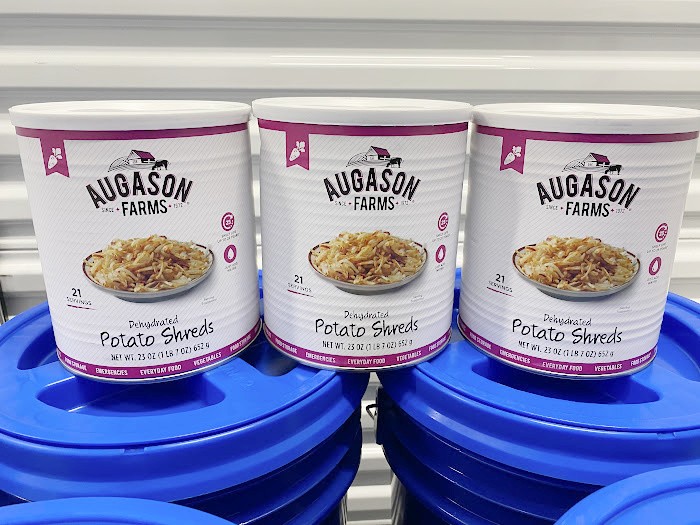
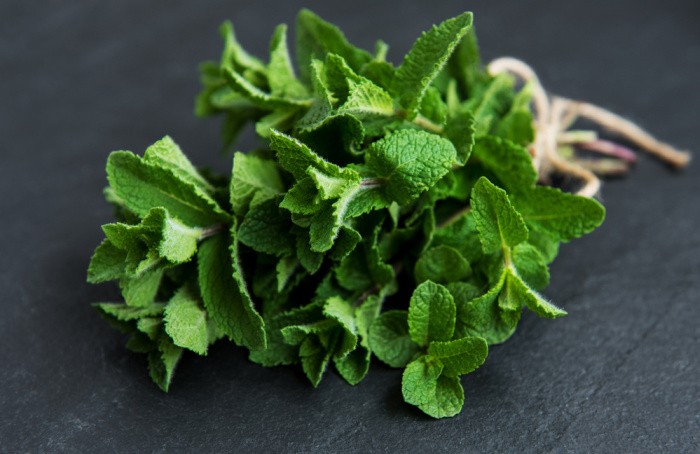













Hi Linda, When you’re curing the potatoes, do they need to be in a single layer, or can I put a bunch of them into one paper bag?
Hi Laura, I try to lay them flat in a single layer as best I can. This way I can look at them in a glance with my paper bag (I use the old mailing paper that’s on a roll we use to wrap packages and mail the wrapped boxes. If I have paper bags I use those of course, as well. Linda
Good morning, Linda! I wish to pressure can our potatoes this year, and I prefer to keep the peels intact. I have read mixed reviews: no peel (risk of botulism) vs. with peel (flavor, texture, nutrition). Where do you stand on this issue? Also, is there a “better” variety of potato for canning? How about canning sweet potatoes? Thank you for your time. God bless you as you faithfully provide important information to your readers.
Hi Deborah, my Master Canner book says no peels (yep you need to peel them). It says you can pressure can white and sweet potatoes. I highly recommend you order this book that I received in my class. https://amzn.to/2SrQR5j
how can you freeze dry them?
Hi Juanita, I know you can buy freeze-dried and dehydrated potatoes. I don’t have a freeze dryer so you would have to buy one if that’s what you are talking about. Linda
I have a small one….just wondered if there was anything special to treat them before freeze drying raw potatoes….we have a very small house….so freeze drying is a better option than canning because of the storage space…..and I am still new to freeze drying….Nita in Alaska
Hi Nita, I’m so sorry, I have zero experience with freeze-drying food. Did the freeze-dryer come with a book? I wish I could help, but I do not have an answer for you, Linda
that’s ok, Linda…I will figure it out…..there is the internet……on their website….will do some more looking….thanks so much nita
“To avoid this sweet taste, remove the potatoes several days prior to cooking them. This allows those sugars to revert back into a starch, in the process called “reconditioning.”
What do you mean by “remove the potatoes”? Remove them from where/what? to where?
Hi TWP, you are basically moving your potatoes out of cold storage to your kitchen. I changed the paragraph, I hope this helps people understand it more. Thank you, Linda
To avoid this sweet taste, remove the potatoes several days prior (from your cooler storage area-to your warmer kitchen area) before cooking them. This allows those sugars to revert back into a starch, in the process called “reconditioning.”
Thanks Linda, that makes sense now.
That gets complicated…. but it’s interesting how much they can change based on temperature, light, humidity and so on. The starch to sugar and back is fascinating.
When my mom was alive and well, I used to store our potatoes in one of those old wash bins (we had these years ago. My mother bought them mostly for my brothers and I to keep our toys). I’d go into our pantry/ laundry room (Yes I know, they should be separate rooms) for cans and such and check on them regularly and often just rearrange them to make sure all sides were not under pressure or holding moisture. They lasted a long time with very little spoilage.
My father seems to be “unlucky” and everything seems to rot and spoil within 2 weeks. I realized that it takes effort, but totally worth monitoring our food, washing it, repacking or unpackaging it and not allowing it to get wet or soggy in or out of the fridge. You reduce waste and save money.
Hi Frank, yes, it takes work to monitor our food storage in the pantry, washroom, or frig. We do what we can to protect what we worked for to feed our family. Stay well, stay safe, Linda